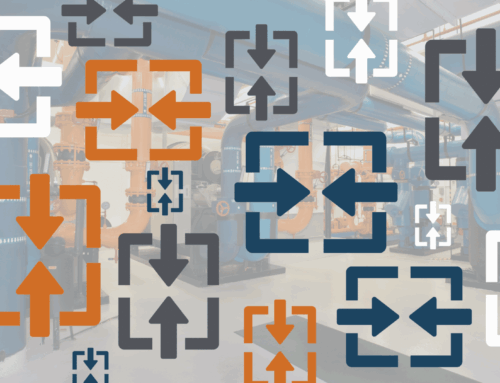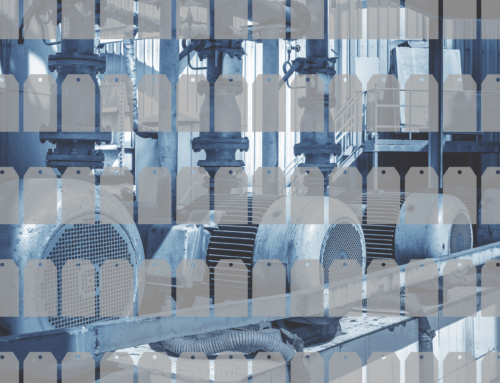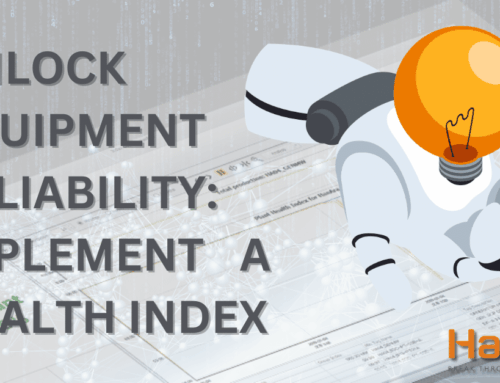Scalability can be a foreign concept for someone outside the data and software solutions field. As a software solutions provider, we do not go a day without referencing scalability, so we are here to help decipher scalability and how it plays into an effective data management platform. With scalable tools, you will improve your data-informed decision-making and operations now and in the future. So, let us dive right in!
What does scalable mean?
Gartner describes scalability as “the measure of a system’s ability to increase or decrease in performance and cost in response to changes in application and system processing demands.” When considering process industry software solutions, a scalable solution is more than capable of efficiently handling the changes in your operations. This includes, but is not limited to, changes in:
- Data resolution and volume
- Number of tags, equipment, sites and/or users; and
- Querying, calculation, and visualization demands.
As there are different ways to determine scalability, you should evaluate scalability based on your specific needs and demands. Typically, for a data management platform, organizations select a system that can pull data from several environments without a decrease in performance. The solution will be able to expand or contract the number of sources pulled from after initial implementation with ease.
When evaluating the scalability of a data historian, consider these questions:
Question #1: Can we expand or contract the number of unique devices we pull data from without having a negative impact on the resolution and/or integrity of the data?
Why is this important?
When increasing the number of connections, you will increase the load on the collection system. If the historian cannot easily manage this load, there will be performance losses and potential data loss.
Additional Considerations
When expanding your existing environment with additional connections, will this impact the speed or accuracy of the data archival? If yes, does this change represent a significant impact on your day-to-day operations?
How We Help
HanPrism oversees these types of expansions and/or contractions easily through our Gateway application. By developing the Gateway to handle a large number of connections at the start, HanPrism is able to meet data management needs going from five devices to one hundred devices and beyond.
Question #2: Can we expand or contract the number of tags and/or variables without losing existing data in the system?
Why is this important?
When scaling, you do not want to lose past operations or history, so ensure you are not losing data that is critical for efficiently running operations. Not experiencing data loss or interruption helps save time and unnecessary frustration.
Additional Considerations
What are the required changes on the backend to help these expansions or contractions? What is the work involved? And what are the potential issues and pitfalls when increasing the number of tags/points/variables coming into the historian?
How We Help
HanPrism does not require backend work when performing additions or deletions to the overall number of tags/points/variables in the system. Nor does it delete or remove any data regardless of the action taken—your data remains intact. The built-in features allow for seamless and simple tag/point/variable additions either in bulk or on a case-by-case basis.
Question #3: Can we expand or contract the load on the data historian without suffering from performance issues?
Why is this important?
In the coming years, more and more people will need access to data, resulting in more user connections. From an enterprise view, this is important when considering combining multiple sites or locations. Regardless of how many users access the system, a scalable solution will ensure consistent user performance whether on-site or at headquarters.
Additional Considerations
Will the speed at which data is retrieved and displayed suffer if we increase the number of client connections? Are there limits to the number of users accessing at one time? For an individual user, are there limits to the number of systems accessible at one time?
How We Help
We pride ourselves on retrieving and displaying data within seconds regardless of the timespan, systems, and the number of users. HanPrism users can expect to see the same results within all our software modules, whether in Spotlight, Insight or our Excel Add-in, across the organization. This means no delay in data load time or collection whether 5 users or 100 users are accessing the system.
Why care about scalability?
The main reason is for future planning. What your current data demands and needs are right now are not necessarily what you will want or need in the future. It is important to select a solution that fits your facility’s current state while taking into consideration that you may expand or refocus operations. A scalable solution helps fit into your current operations, all while easily handling the changes you may make in the future. Scalability helps keep up with your growing business as your plant equipment does the same. Do not limit yourself to where you are now; plan for your desired state as well.
About HanPrism
Our centralized data management system, HanPrism, compiles data from a variety of disparate sources including remote locations and outside systems, and combines the data into easily digestible
visualizations. It also accurately displays the information onsite or remotely without interruption and delay. This gives our customers the ability to read the same information throughout an entire organization. With HanPrism, you can easily collect, store, and analyze years’ worth of data for improved operations.
Next Steps
If you are interested in implementing a data management platform or replacing your facility’s current data historian with a faster and more intuitive tool, we are here to help. Taking advantage of advanced software available now will only help bring your organization closer to actionable intelligence. Let us break through the limitations as we power through Industry 4.0 together.






